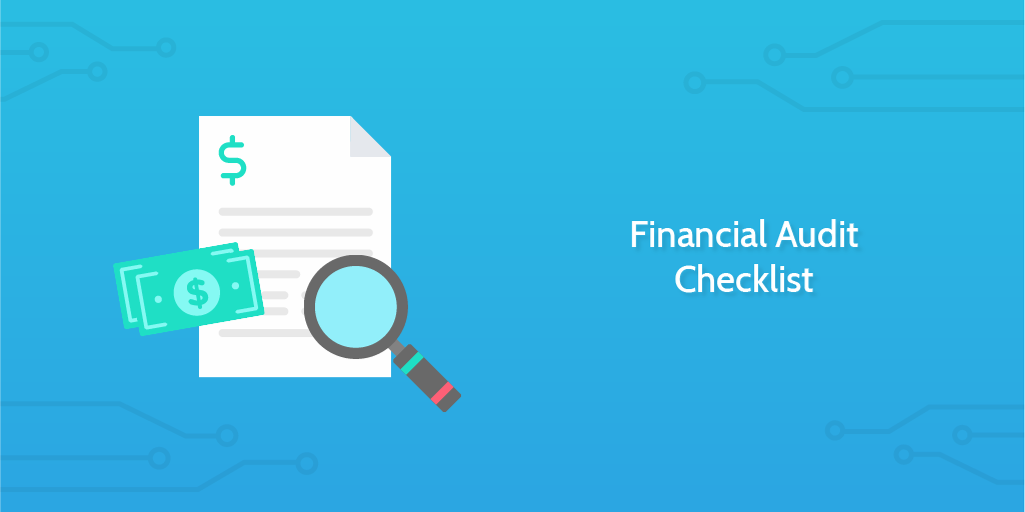Financial audits are crucial for businesses to ensure transparency, accuracy, and compliance with regulatory requirements. By thoroughly examining financial records, conducting checks and balances, and reviewing internal controls, organizations can identify potential risks, detect errors and fraud, and make informed decisions. In this article, we will discuss the key steps and best practices for conducting effective financial audits.
1. Planning and Preparation
Before conducting a financial audit, it is essential to plan and prepare adequately. This involves understanding the company’s goals and objectives, identifying stakeholders’ expectations, and establishing audit objectives. Additionally, the audit team should define the scope of the audit, create an audit plan, and allocate resources accordingly.
To assist in planning, the audit team can utilize auditing software or tools that automate certain processes, streamline communication, and provide data analytics capabilities. These tools can help save time, increase efficiency, and enhance the audit’s overall effectiveness.
2. Risk Assessment
The next crucial step in conducting a financial audit is performing a comprehensive risk assessment. This involves identifying and evaluating potential risks that could impact the accuracy and reliability of financial statements. Risks may include fraud, non-compliance with laws and regulations, errors in financial reporting, or ineffective internal controls.
During this phase, the audit team should review the company’s internal control system to identify any weaknesses or gaps that could increase the risk of material misstatements. They should also assess the control environment, information and communication systems, risk management processes, and monitoring activities.
3. Gathering Evidence
Gathering evidence is a critical aspect of financial audits as it provides the basis for forming an opinion on the accuracy and completeness of financial statements. The audit team should gather sufficient and appropriate evidence to support their findings and conclusions.
The evidence gathering process may involve reviewing documents, such as financial records, invoices, bank statements, and contracts. It may also include interviews with company personnel involved in financial reporting and transaction processing. Additionally, the audit team can utilize data analytics techniques to analyze large volumes of data and identify anomalies or patterns that may indicate potential risks or errors.
4. Testing and Evaluation
Once the evidence is gathered, the audit team needs to test the effectiveness of internal controls and evaluate the accuracy of financial statements. This may involve conducting compliance tests, analytical procedures, substantive tests, and sampling techniques.
Compliance tests are performed to ensure that the company is adhering to relevant laws, regulations, and accounting standards. Analytical procedures involve analyzing financial data and comparing it to historical data or industry benchmarks to identify any inconsistencies or unusual patterns. Substantive tests are conducted to verify the accuracy and completeness of specific financial transactions or account balances. Sampling techniques are used to select a representative sample of transactions or records for testing purposes.
5. Communication and Reporting
After completing the audit procedures and evaluating the results, the audit team should communicate their findings to key stakeholders, including management, board members, and regulators. This involves preparing an audit report that includes the audit scope, objectives, procedures performed, tests results, and any identified issues.
The audit report should be clear, concise, and objective, providing stakeholders with a comprehensive understanding of the audit findings and recommendations. It should highlight any significant risks or deficiencies and suggest corrective actions to address them. The report should also include a management response section, where management can respond to the audit findings and outline their proposed actions for improvement.
6. Continuous Improvement
Finally, conducting effective financial audits requires a commitment to continuous improvement. The audit team should regularly evaluate their audit processes, methodologies, and tools to identify areas for enhancement. They should stay updated with changes in auditing standards, regulations, and industry best practices.
Additionally, organizations should consider implementing internal audit quality assurance programs to monitor the effectiveness and efficiency of their audit function. These programs can involve periodic internal reviews, peer reviews, or external assessments conducted by independent audit experts.
Conclusion
Conducting effective financial audits is crucial for organizations to maintain financial integrity, credibility, and compliance. By following a well-planned and structured approach, organizations can identify risks, detect errors and fraud, and provide stakeholders with reliable financial information. Continuous improvement and staying updated with industry developments are essential to ensure that financial audits remain effective and relevant in an ever-changing business environment.


